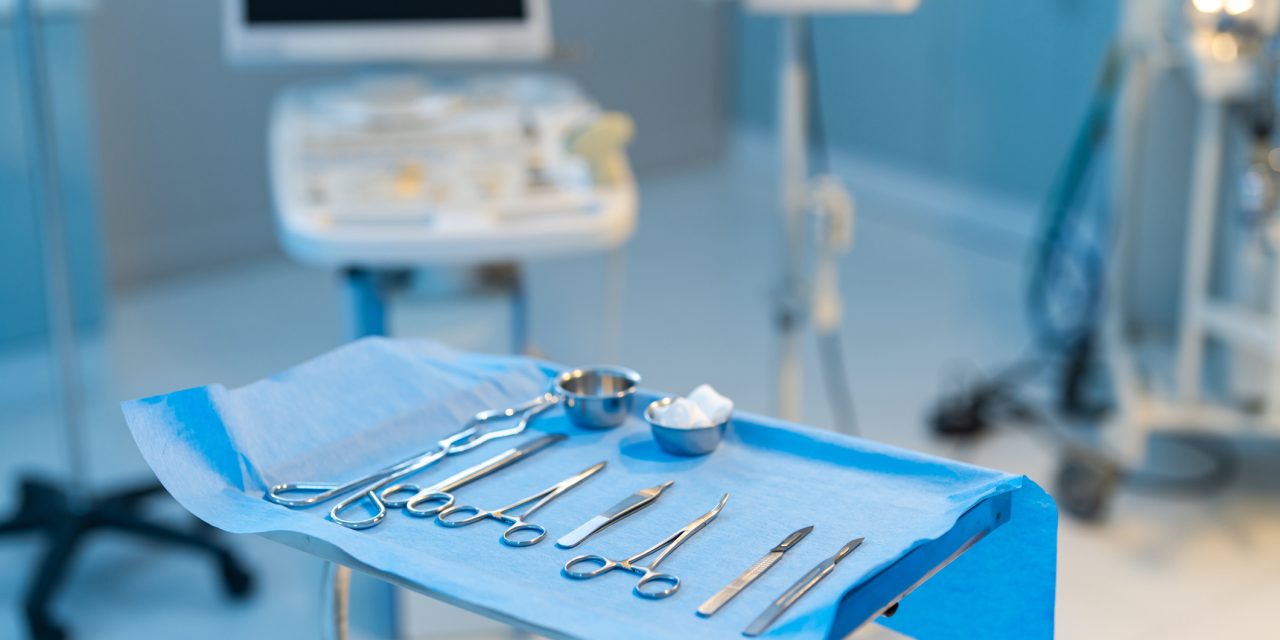Although previous reports have shown intraocular pressure changes during robotic-assisted laparoscopic prostatectomy, they did not discuss the time course of changes or the timing of the largest change. We conducted this study to quantify pressure changes over time in patients assuming the steep Trendelenburg position during robotic-assisted laparoscopic prostatectomy.
Twenty-one men were enrolled. Intraocular pressure was measured before anesthesia induction in the supine position (T0); 30 (T1), 90 (T2), and 150 minutes after assuming the Trendelenburg position (T3); and 30 minutes after reassuming the supine position (T4). End-tidal carbon dioxide and blood pressure were also recorded. To compare intraocular pressure between the time points, we performed repeated-measures analysis of variance. A mixed-effects multivariate regression analysis was conducted to adjust for confounding factors.
The mean (standard deviation) intraocular pressure was 18.3 (2.4), 23.6 (3.0), 25.1 (3.1), 25.3 (2.2), and 18.1 (5.0) mmHg at T0, T1, T2, T3, and T4, respectively. The mean intraocular pressure was higher at T1, T2, and T3 than at T0 (p 0.99 for both).
The Trendelenburg position during robotic-assisted laparoscopic prostatectomy increased intraocular pressure. The increase was moderate at 90 minutes after the position was assumed, with the value being approximately 7 mmHg higher than the baseline value. The baseline intraocular pressure was restored at 30 minutes after the supine position was reassumed.
UMIN ID 000014973 DATE OF REGISTRATION: August 27, 2014.
Copyright © 2021. Published by Elsevier Editora Ltda.
Intraocular pressure during robotic-assisted laparoscopic prostatectomy: a prospective observational study.


